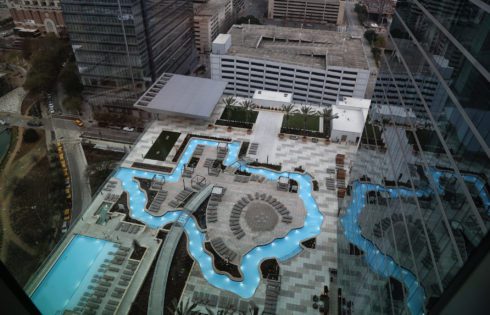
Marriott Bonvoy Platinum Benefits Guide (Breakfast, Upgrades) [2023]
With all of the different levels of the Marriott rewards program it’s easy to get confused about what benefits each status tier offers. In this article, I’m going to focus

With all of the different levels of the Marriott rewards program it’s easy to get confused about what benefits each status tier offers. In this article, I’m going to focus
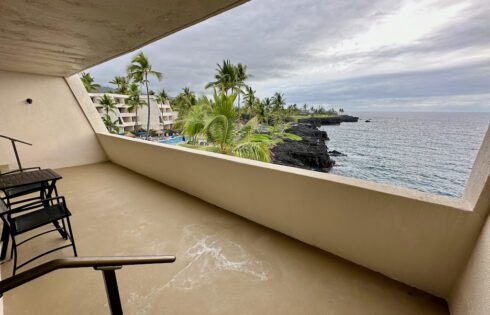
After staying at five different hotels on our last trip to Hawaii, I realized that none of our hotels were located right on the coast. So wanting to experience what
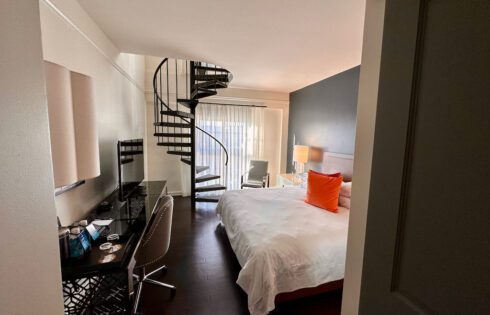
Part of Marriott’s Autograph Collection, the Hotel Colonnade at Coral Gables is a beautiful historic property that has a broad appeal to a range of different travelers. It’s full of
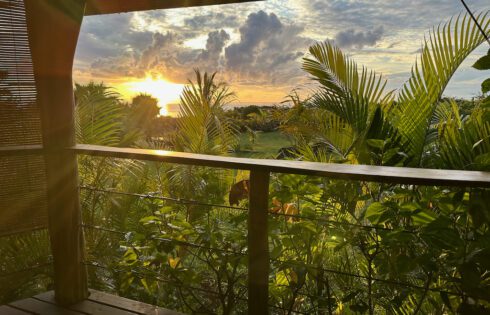
During our time at Easter Island, we tried out a few different types of lodging. We were drawn to the Kona Koa Lodge because it looked like it was a
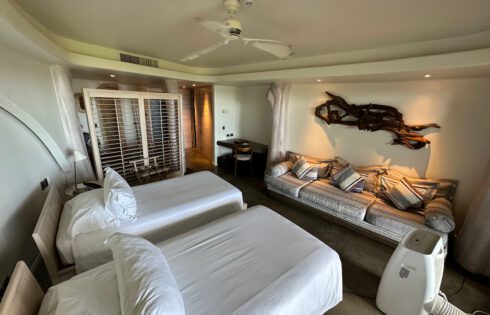
The Hangaroa Eco Village & Spa is one of the two luxury hotel properties located on Easter Island. We recently stayed at the hotel after they had only been open
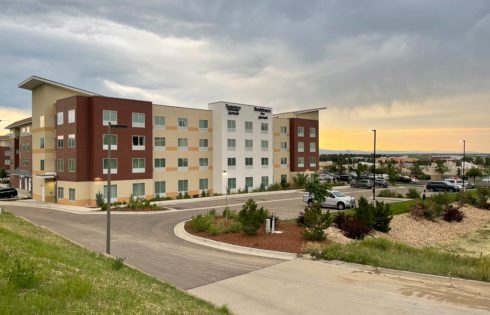
There are a lot of different types of lodging options out there. You’ve got luxury hotels, lodges, resorts, motels, and everything in between. One type of property that a lot
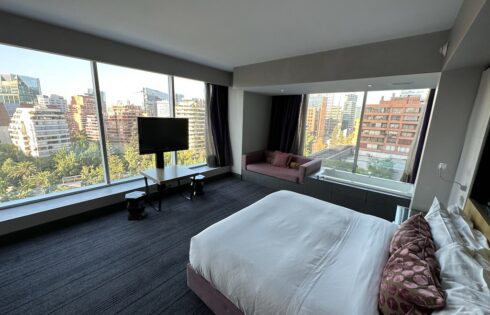
Have you ever stayed in a hotel corner room? Perhaps you are planning on booking one on your next hotel stay. Before you confirm the reservation, you might want to
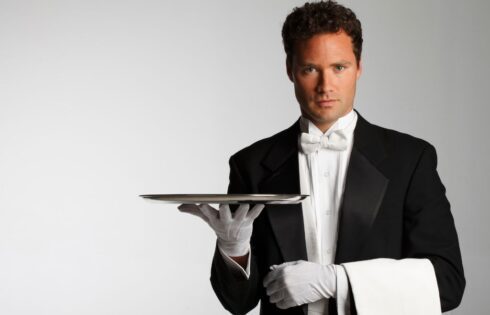
You may have seen a hotel butler service advertised before and wondered what exactly these butlers can do for you? Would it be worth it to book a room with

Valet parking can be one of the most convenient ways to get in and out of a hotel. But it does come with the risk of something happening to your
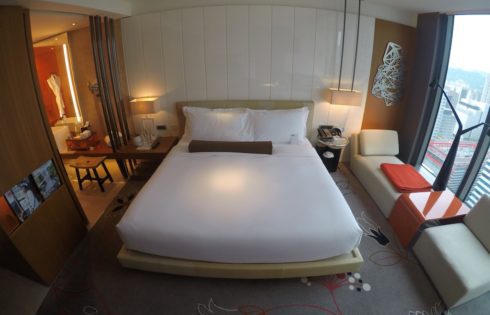
Hotel beds can be extremely comfortable especially when they have nice fluffy comforters for you to curl up in. But are those comforters or duvets actually washed between stays or
| Cookie | Duration | Description |
|---|---|---|
| cookielawinfo-checkbox-analytics | 11 months | This cookie is set by GDPR Cookie Consent plugin. The cookie is used to store the user consent for the cookies in the category "Analytics". |
| cookielawinfo-checkbox-functional | 11 months | The cookie is set by GDPR cookie consent to record the user consent for the cookies in the category "Functional". |
| cookielawinfo-checkbox-necessary | 11 months | This cookie is set by GDPR Cookie Consent plugin. The cookies is used to store the user consent for the cookies in the category "Necessary". |
| cookielawinfo-checkbox-others | 11 months | This cookie is set by GDPR Cookie Consent plugin. The cookie is used to store the user consent for the cookies in the category "Other. |
| cookielawinfo-checkbox-performance | 11 months | This cookie is set by GDPR Cookie Consent plugin. The cookie is used to store the user consent for the cookies in the category "Performance". |
| viewed_cookie_policy | 11 months | The cookie is set by the GDPR Cookie Consent plugin and is used to store whether or not user has consented to the use of cookies. It does not store any personal data. |
